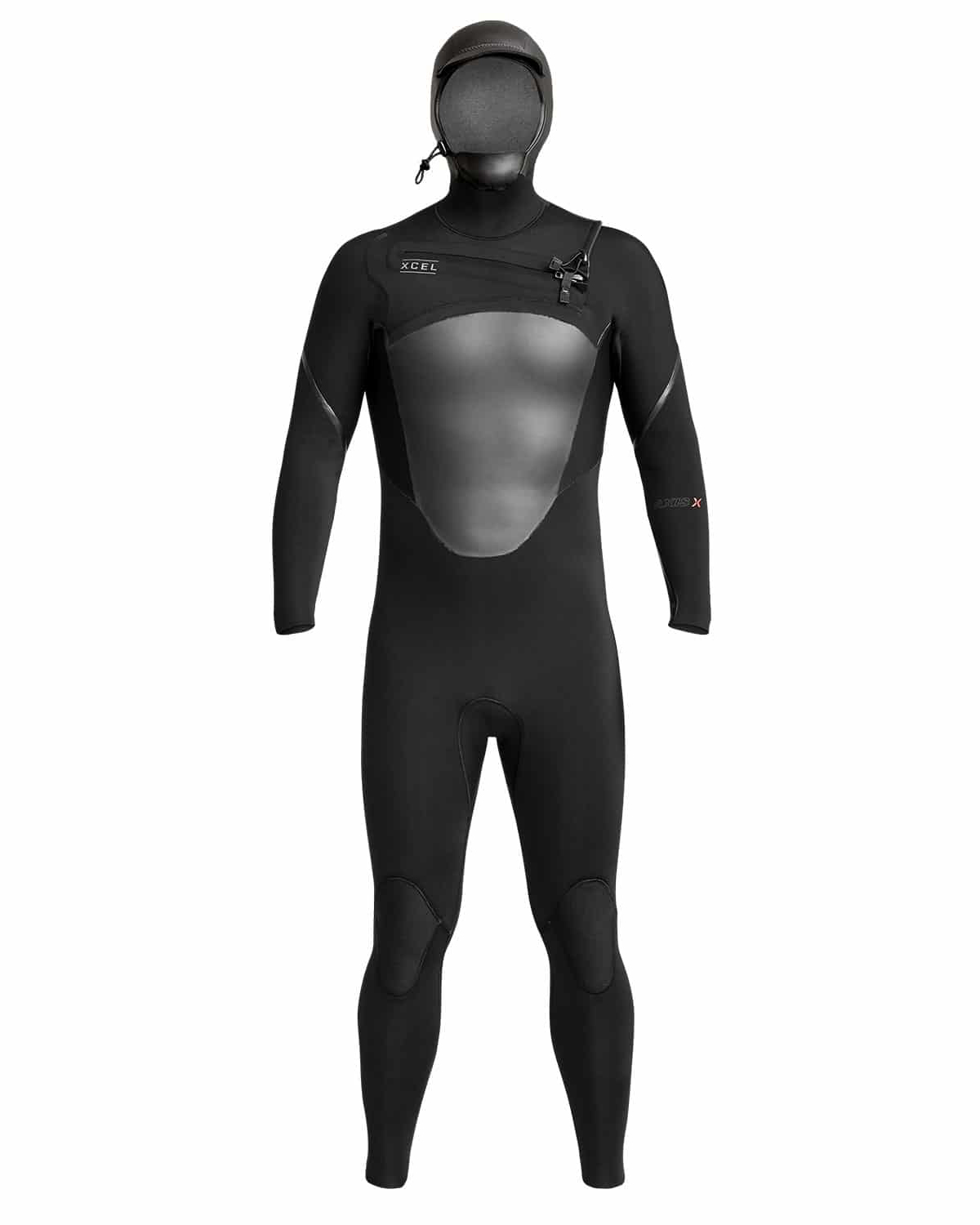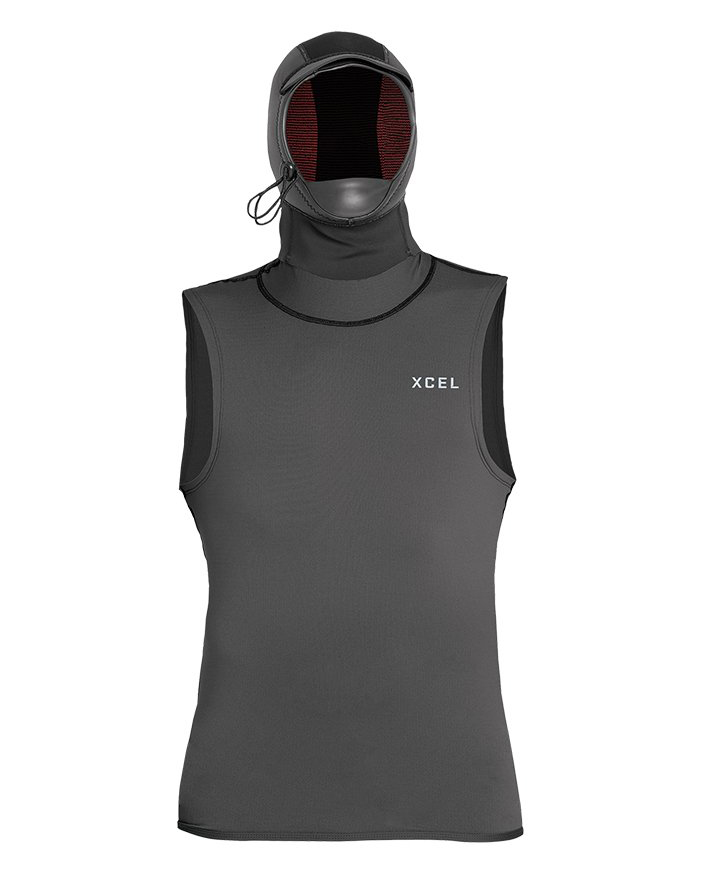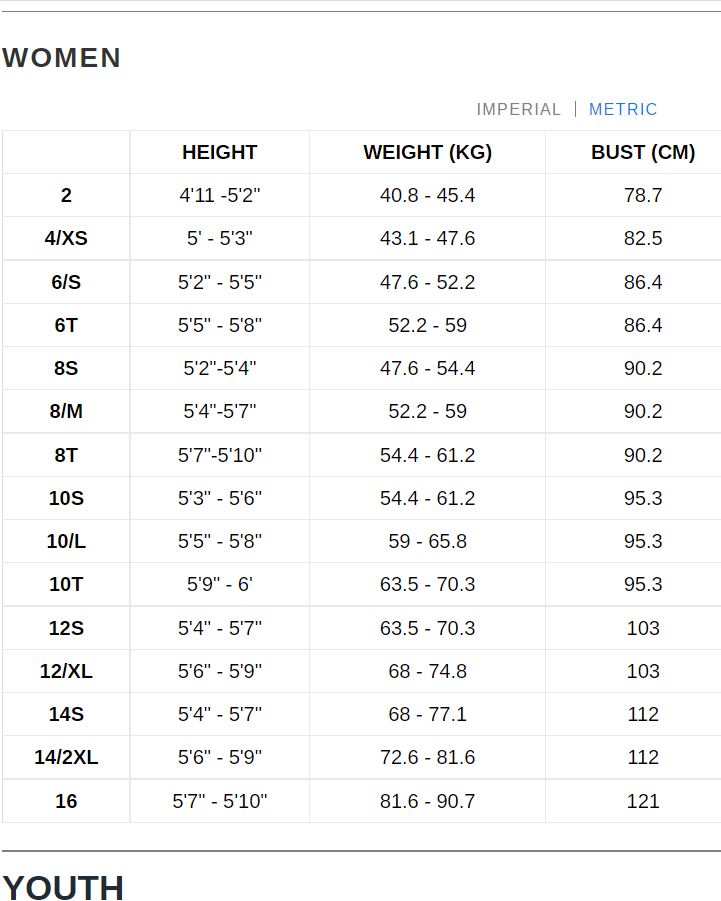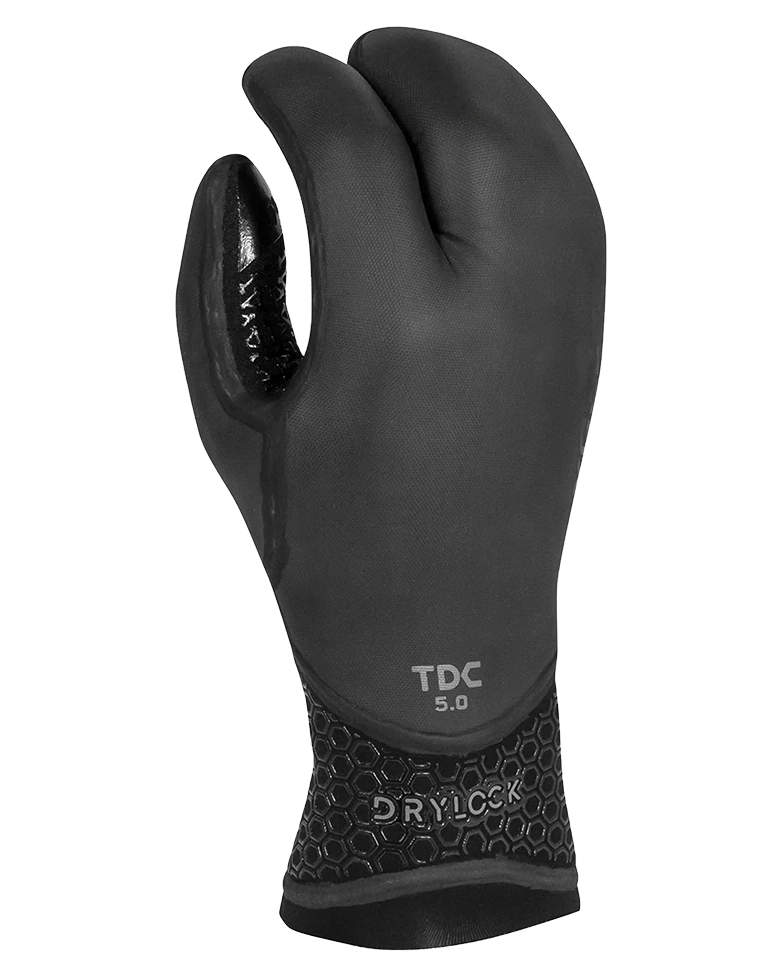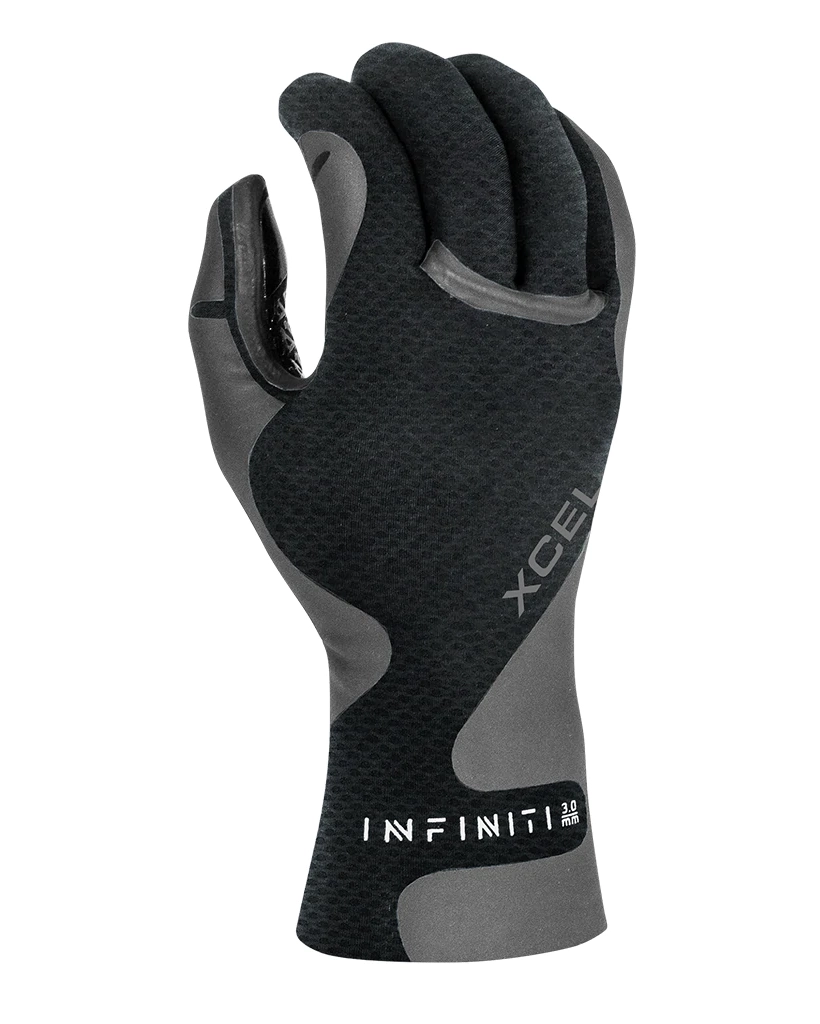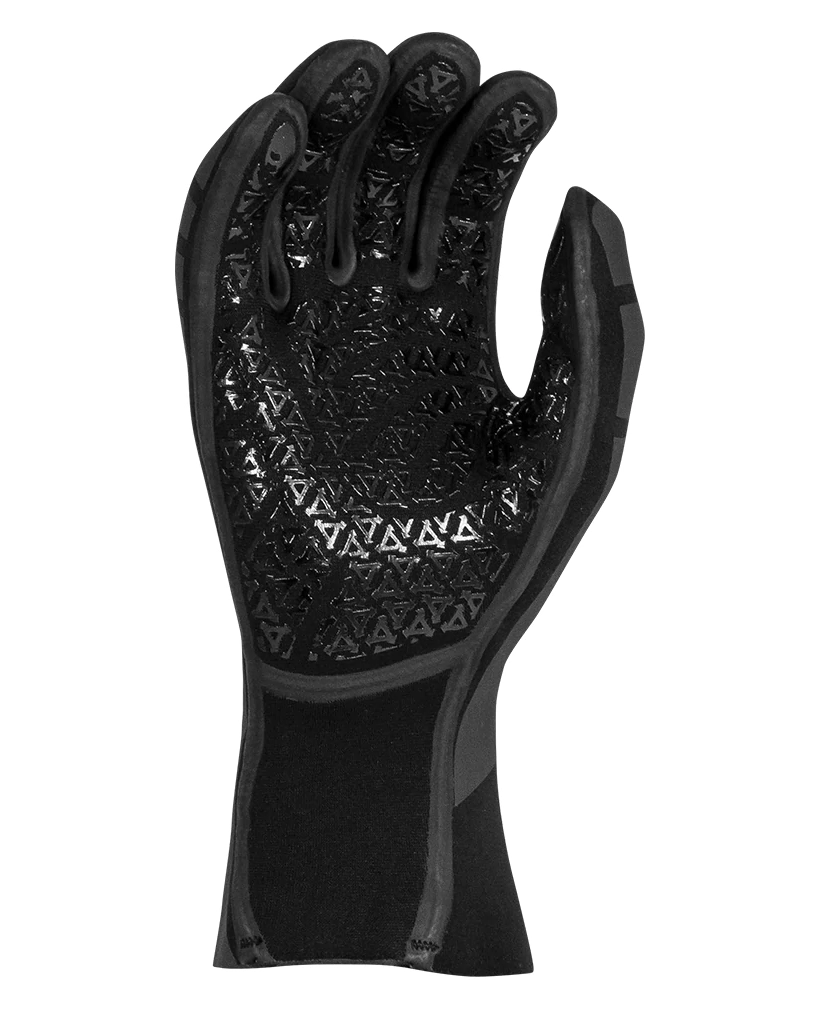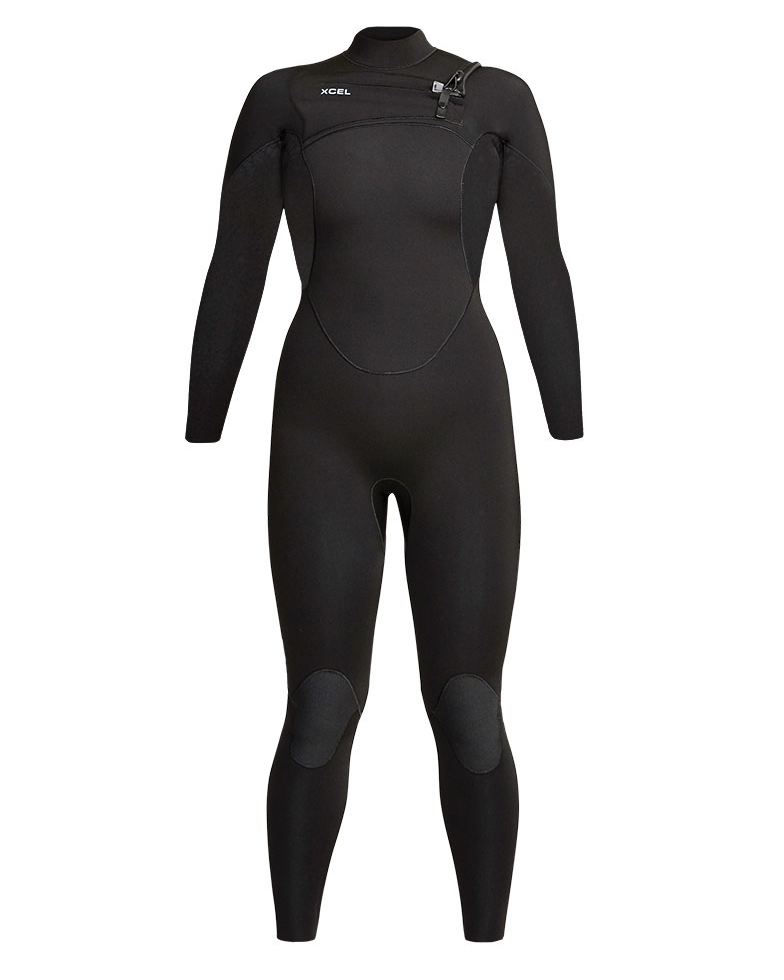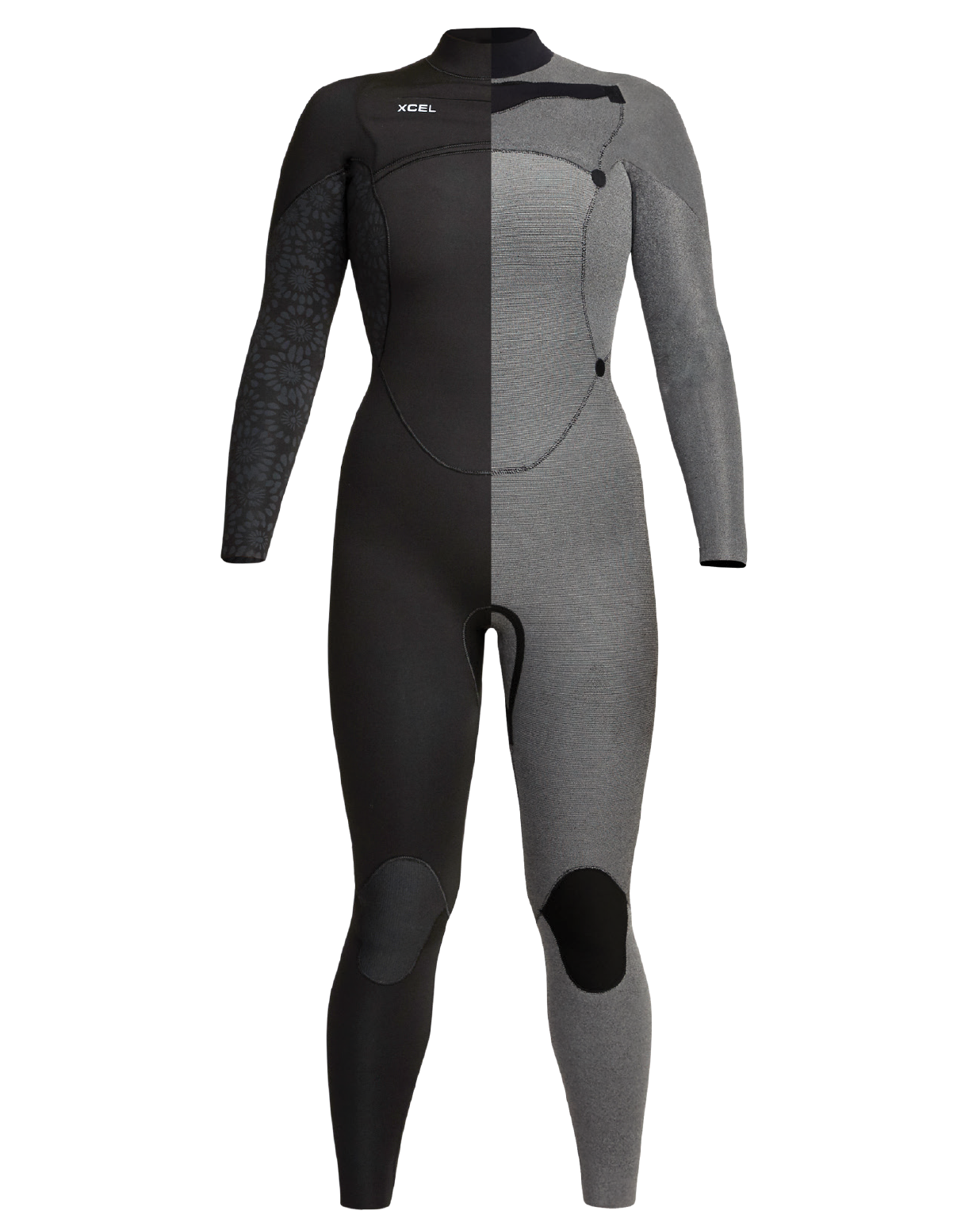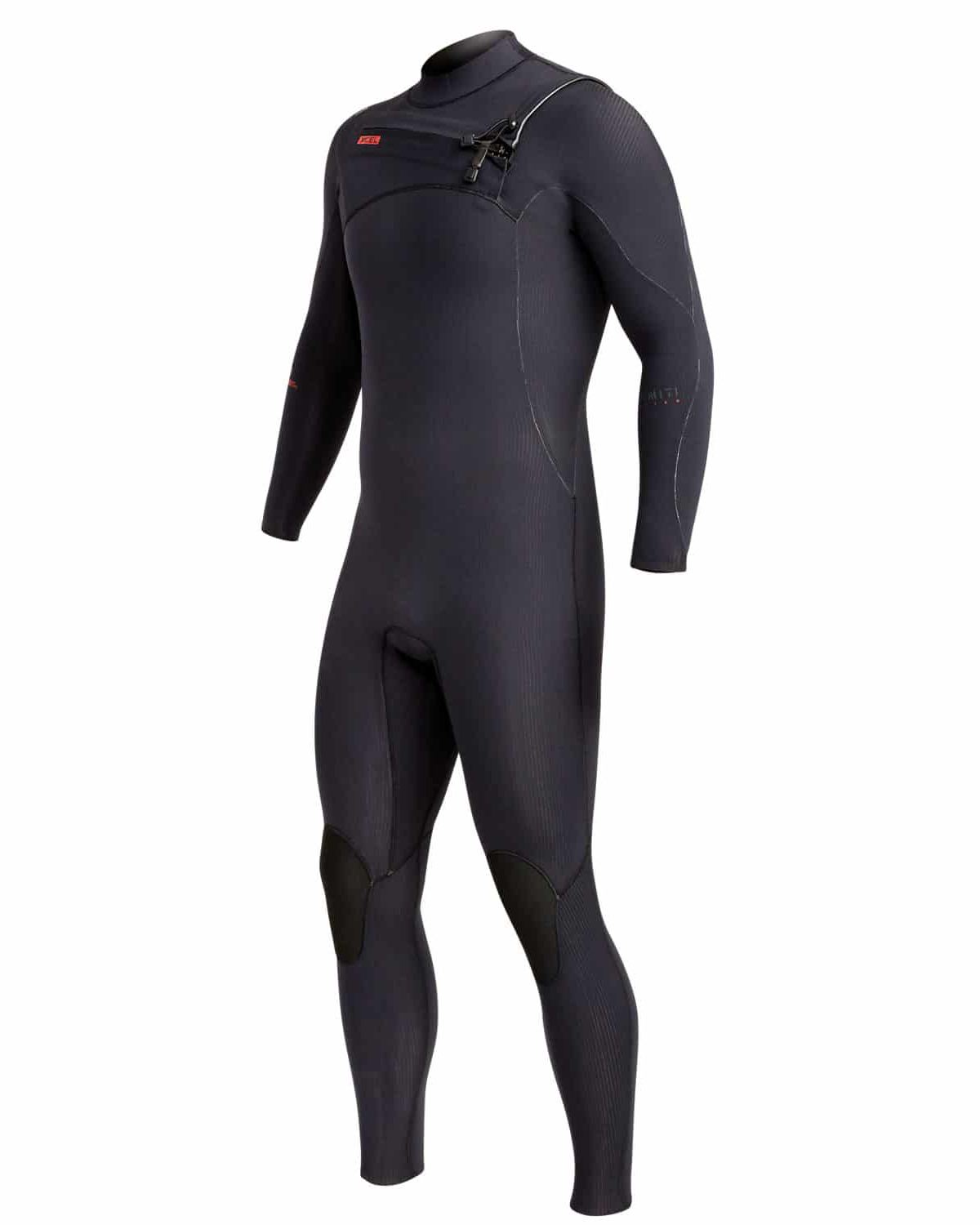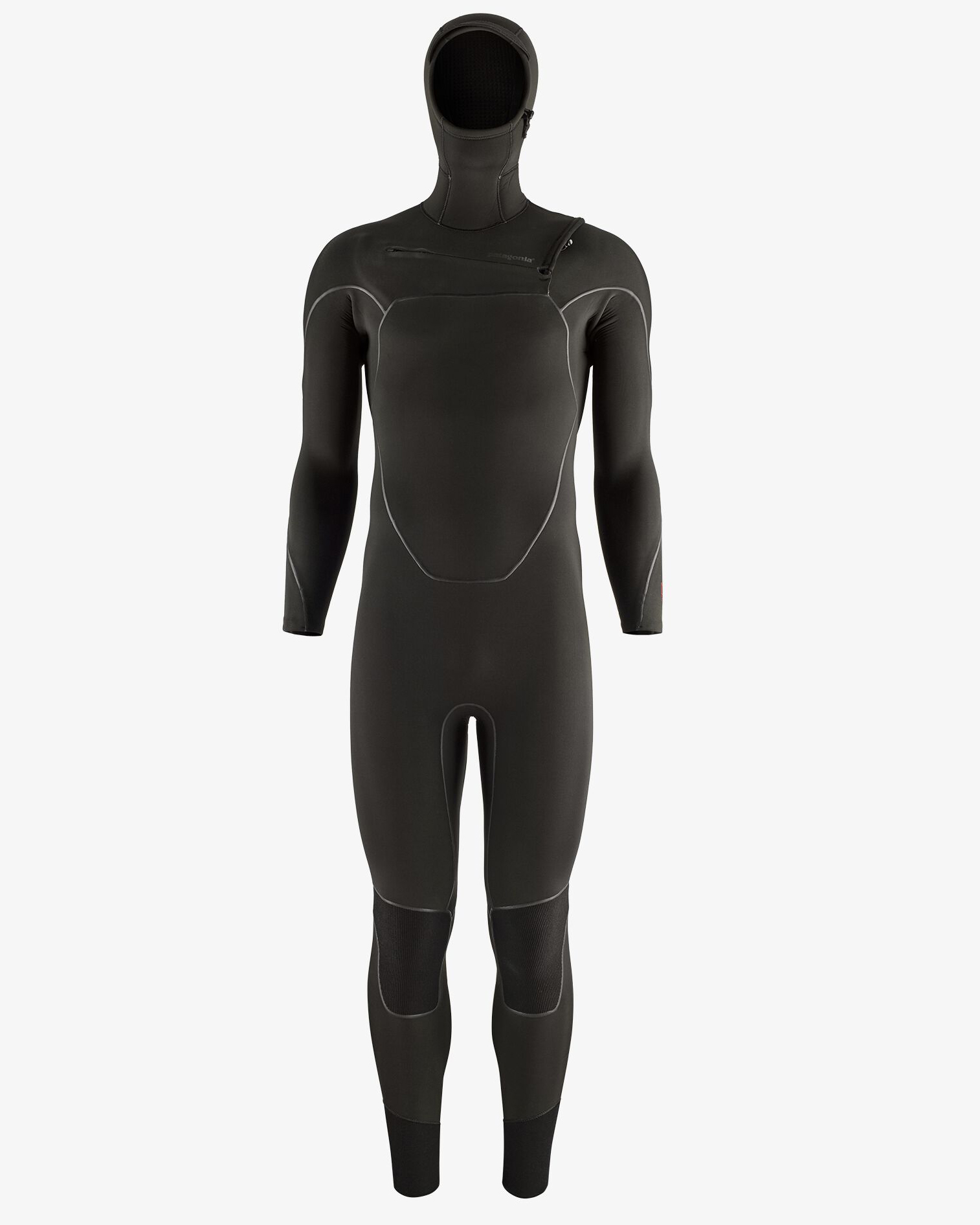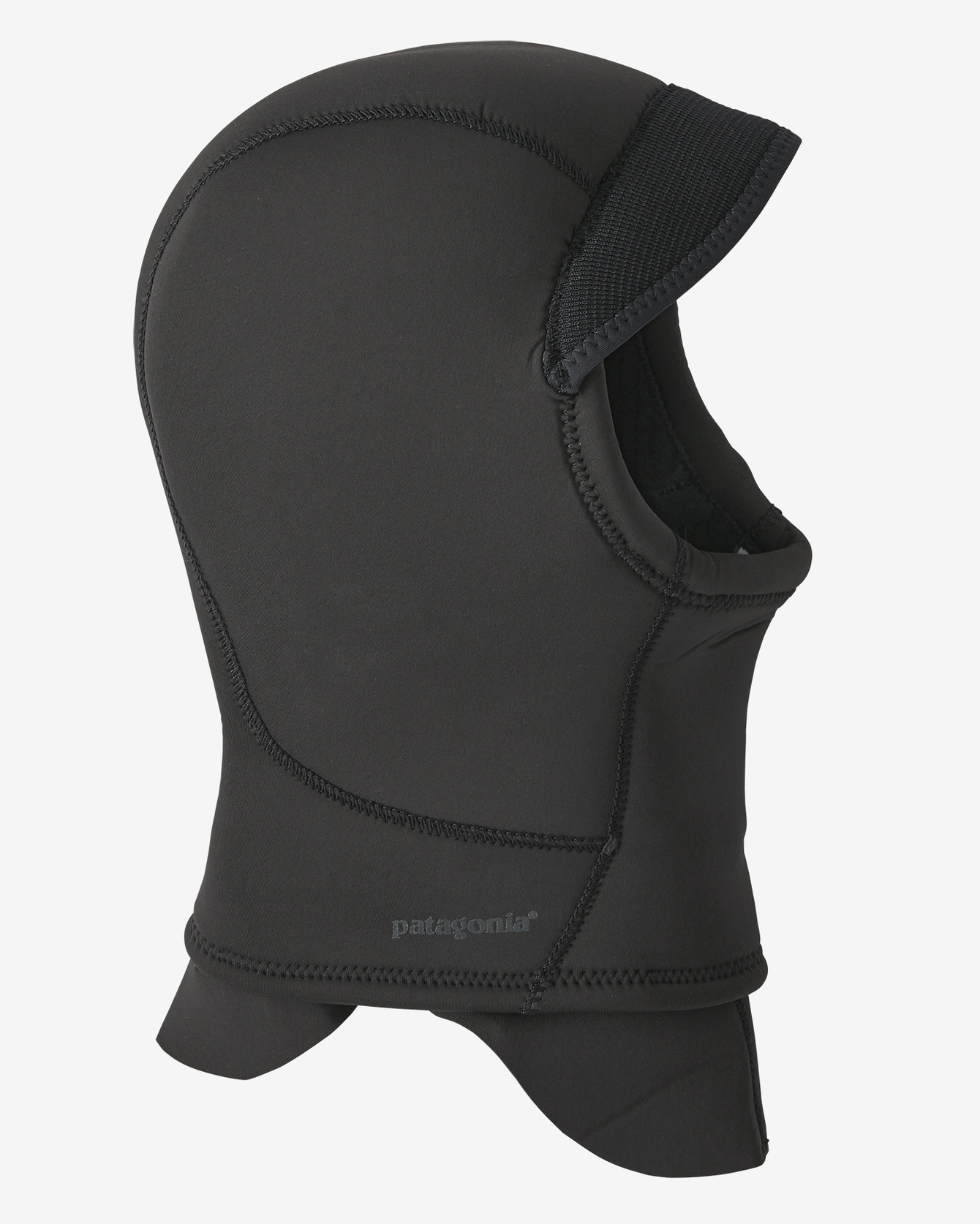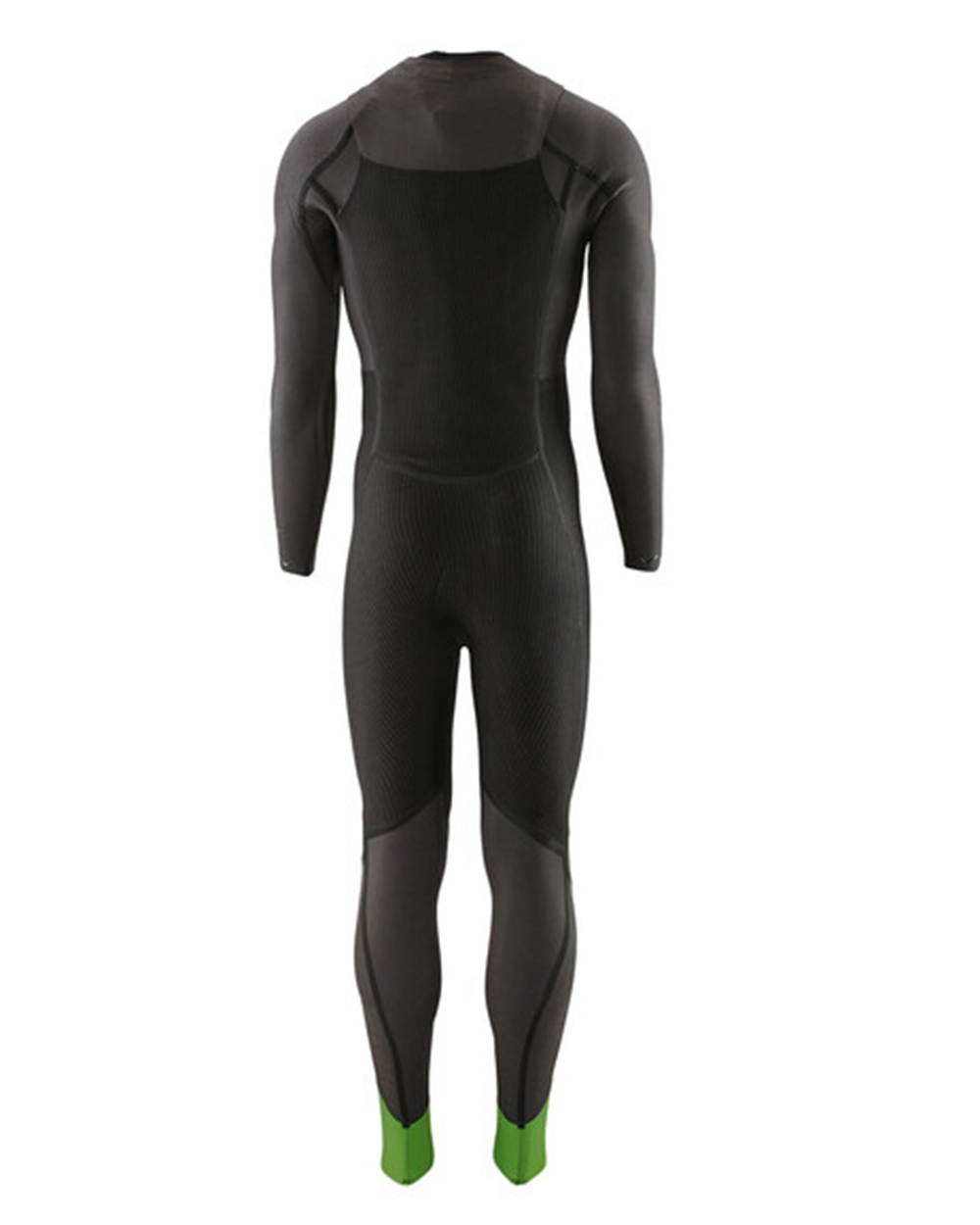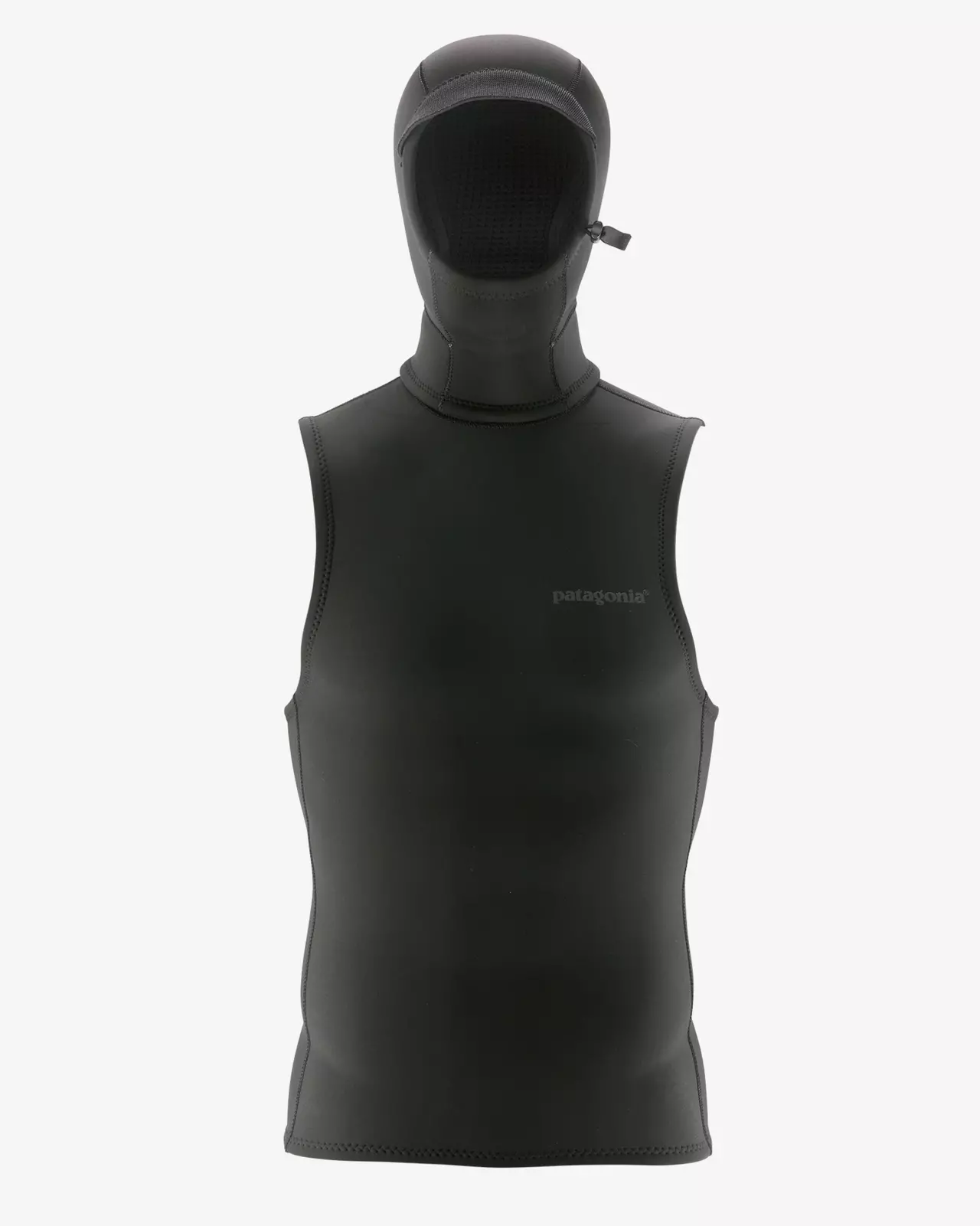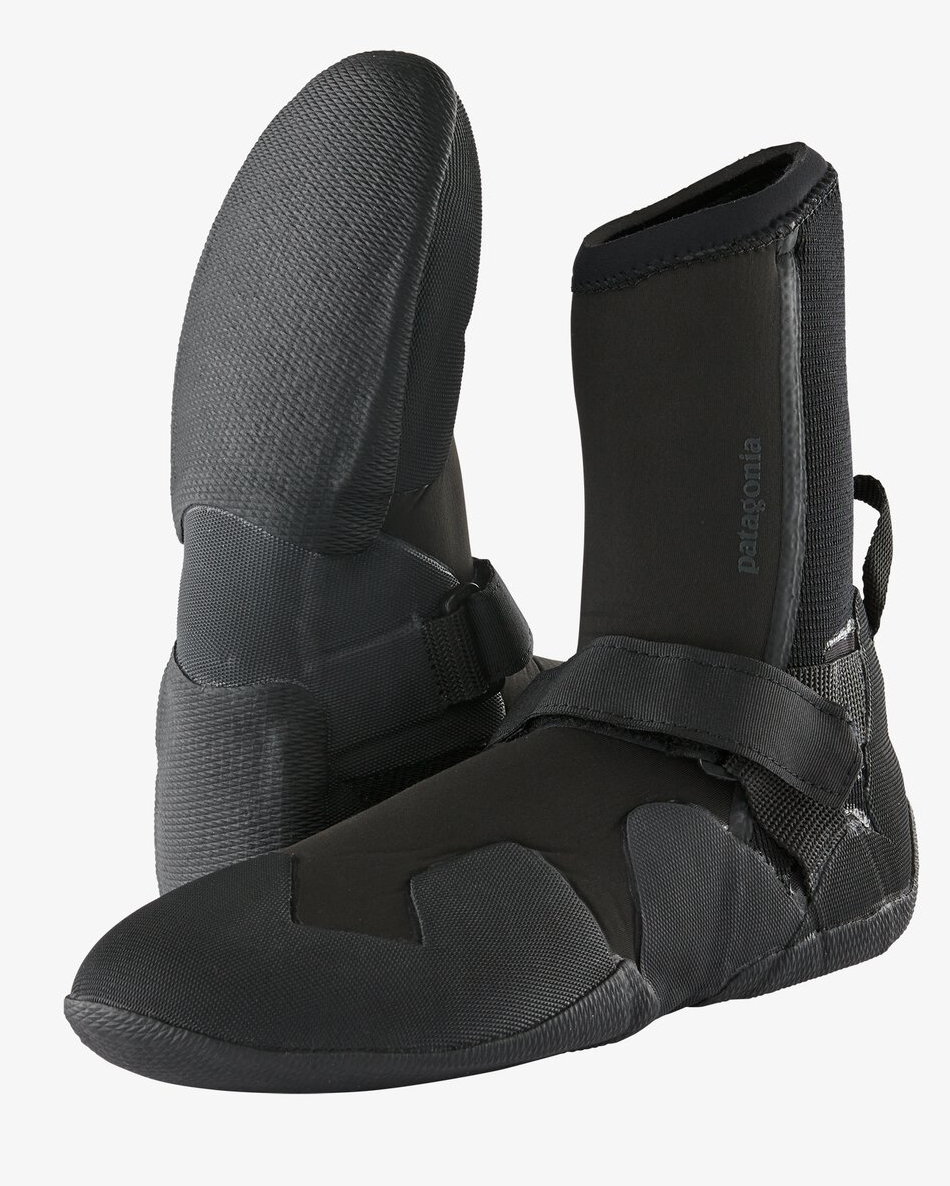Wetsuit Guide by 654
Welcome to the neoprene jungle. A dense forest where flora and fauna consist of all kinds of materials, functions, and areas of use. We’ve all been there, lost among brands and fits without a clue what we are looking for. This guide is meant to help you find the wetsuit you are looking for, the perfect body stocking that will optimize your experience in the water. Nothing beats browsing around and trying different wetsuits on, but we hope that after reading this guide, you’ll have some sense of direction as to which way you are heading and what kind of wetsuit you are looking for.


